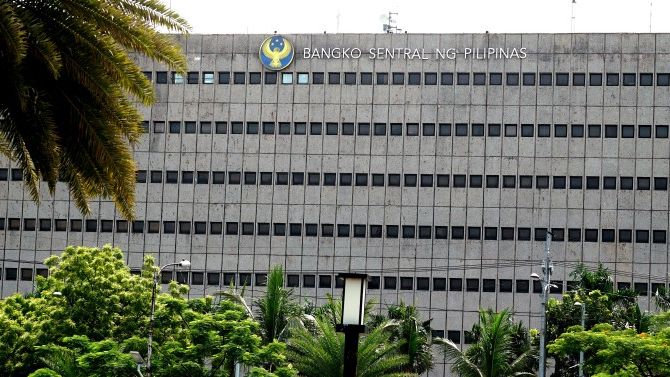Banks are expected to ramp up diversification to offset the profit squeeze from a declining interest rate environment, analysts said.
Following the US Federal Reserve’s 25-basis-point cut last week, analysts said the Bangko Sentral ng Pilipinas (BSP) is likely to follow suit.
Lower rates, while supportive of loan demand, are also seen eroding banks’ margins.
“This environment will gradually erode profit margins for the banks,” Alfred Benjamin Garcia, head of research at AP Securities Inc., said. “But it will also provide a boost in demand for loans that allows for a shift to volume-driven rather than margin-driven earnings.”
Benign inflation
Headline inflation rose to 1.5 percent in August from 0.9 percent in July, bringing the year-to-date average to 1.7 percent — well below last year’s 3.7 percent and comfortably within the BSP’s 2-4 percent target.
Economists said this benign environment reinforces the case for continued easing.
BSP officials have signaled a willingness to cut rates further if inflation stays subdued, with analysts saying another 25-basis-point cut is almost certain in the near term.
Nicky Franco, head of research at Abacus Securities, noted that “the case for one has gained more urgency” given weak car sales and fiscal risks from the DPWH budget realignment.
Michael Ricafort, chief economist at Rizal Commercial Banking Corp., said the US Fed has signaled two more 25-basis-point cuts this year, followed by another in 2026 and one in 2027.
He said the BSP is likely to match these moves to keep the interest rate differential with the US at a healthy level.
On August 28, the BSP cut its policy rate by 25 basis points to 5 percent. Its next meeting is on October 9.
Banks’ margin compression
Abacus Securities said negative sentiment has weighed on bank stocks amid margin compression fears, slower loan growth, and weakness in emerging-market banking shares.
The PSE’s financial sub-index hit a record low forward earnings valuation of 6.6x last week before closing Friday at 2,166.36 for a price-to-earnings ratio of 7.92.
John Liam Limbo, analyst at 2TradeAsia.com, said mid-sized banks with heavier consumer exposure may benefit more as retail loans command higher yields.
To cushion pressure, he said banks have been reducing expensive time deposits and expanding non-interest income streams.
“These measures, together with an eventual pickup in credit demand, will balance out the initial earnings headwinds from lower policy rates,” Limbo said.
Interest margins to drop 10 bps
Unicapital Securities expects banks’ net interest margins (NIMs) to decline by 10 basis points this year to 4.1 percent, with average loan growth of 11 percent over the next two years.
Beyond the rate cycle, Limbo said banks should benefit from strategic IT and AI investments made since last year, with effects expected to trickle in from the first half of 2024.
These include AI tools for document verification and credit analysis, which could cut costs and reduce errors.
Industry experts project AI-based protections in banking apps, such as facial recognition and authentication, could replace traditional security measures by 2027, Limbo added.




